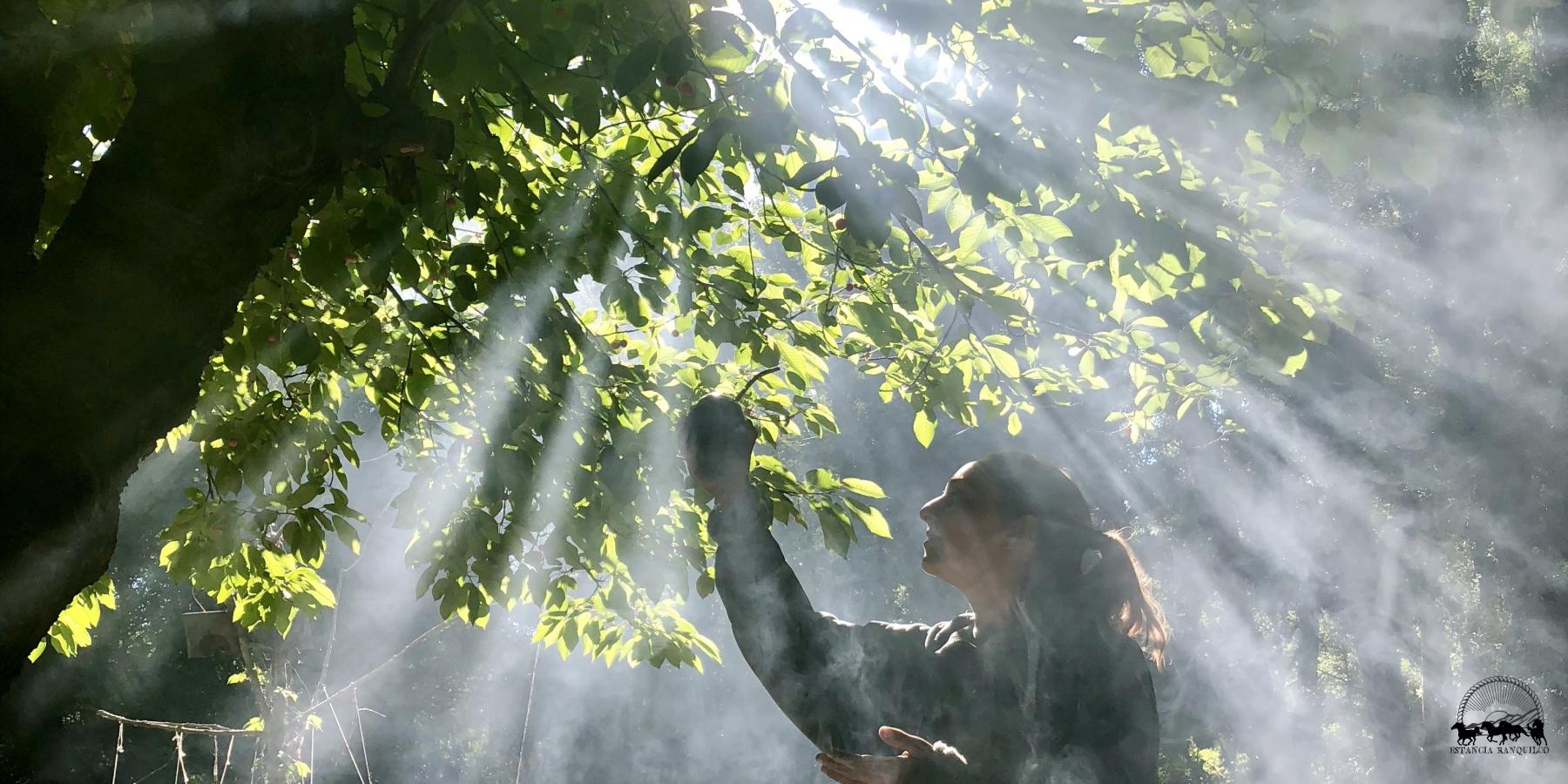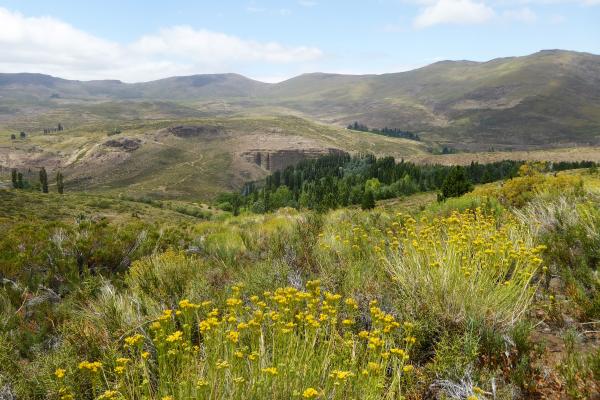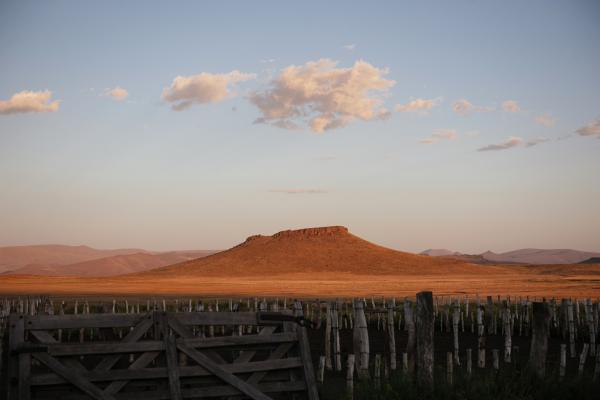Starting the garden at Ranquilco at the beginning of spring was a bit like moving into a distant cousin's old house. I'd never been to this house before, or even met my cousin, but she'd left for the winter and left behind all of her things for me to dust off, figure out how to use, and rearrange.
The house is La Huerta (the garden). Its soil floors shine like hardwood, but inwardly, with a carefully crafted life-giving capacity rather than with layers of lacquer on its surface. I'm writing to you as the sun comes out on a cloudy drizzle of a morning in hopes of sharing a brief little reflection of my first month here. Because, while this place continues to captivate me with the beauty sewn through its walls, it continues to challenge me, too.
La Huerta in October in practically bursting from its foundation, ready to produce, just in need of some diligently helpful hands. Asparagus stems, fat and thin, pop up through last year's leaves. Buds fold open and outward into flowers of pink and white. The rain comes down and I swear the grass grows several inches taller by the very next day. Luscious green takes over the narrow hallways before los caballos (the horses) can make it over for lunch.
The neighbors are all characters and have some strange and unwelcome habits. I'd been warned about these, but have quickly become too familiar. They are the longtime residents, Los Alamos (the cottonwood trees), and though their adventurous roots are tediously removed year after year, they continue to come back to eat and drink in every bed in the house.
My favorite part, though: after the heat of the day, as the sun gives way, each successive part of the garden is tucked beneath a roof of shade and the cold begins falling in and setting everything still. When the sun shines again in the morning, it lands on the frost covering the leaves so that they glisten with a delicate radiance giving way to hope and gentle growth. It all starts again: I plant more seeds into newly mixed soil and compost, the trees moan and groan as they're rustled from their slumber, and sleepy leaves emerge to greet the sun as I pull off their blankets of weeds.
I'm living moment to moment with las semillas (the seeds), la tierra (the soil), and el tiempo (time). Temporada (season) is an appropriately similar word to the one for time, because everything takes just that: time, time, time. After a month in this house in the far reaches of Patagonia, Argentina, I am barely grasping at a few familiar truths. And then, almost as soon as I begin to understand the breathing breeze through the living windows, I stumble into an unknown room with a whole other bed to make. So, I realize: every year here comes alive anew, in a climate unpredictable. The proper day to set out our summer crops will never be known exactly, but the moment will be felt.
My patience is barely keeping up - just as I'm thinking I should give up on germinating those husk cherries, two fuzzy cotyledons unlock their door! Luckily, it's a nurturing home, and most things want to grow and will do just that with or without la huertera (that's me). At least for a while, since all the layers of past work and past love and past patience from the people and organic matter have carved quite the pathway to this old house.
For me, patience is invaluable. Yet I still cannot wait to hear more of the stories that emerge like the buds on the trees, filling the room so that I feel at home as I sink my hands into the soil in the quiet solitude of the morning.
-- Natalia Semeraro, October 2018











